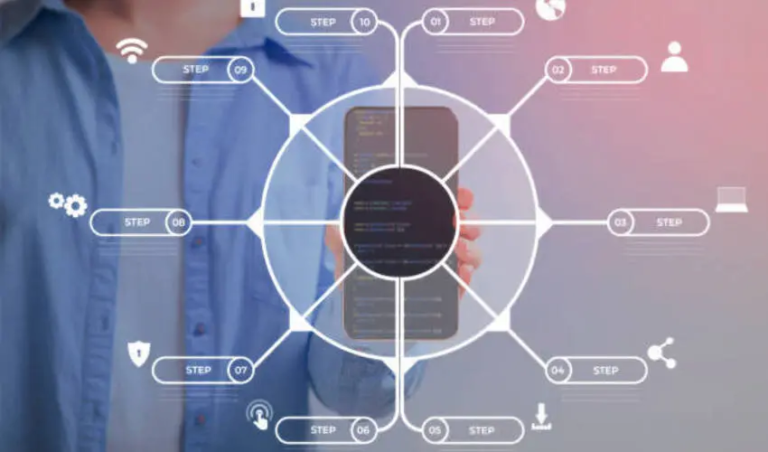HIPAA compliance for the remote workforce indicates safe management of patient health data with appropriate technology, policies, and safeguards beyond the traditional office environment.
Introduction
Healthcare companies are increasingly relying on remote teams to deliver the best data, telehealth, admin, and support services in this distributed work environment. There is no doubt about the flexibility and scalability of remote teams. However, challenges around HIPAA compliance cannot be ignored. Last year, ransomware attacks increased by 264%, prompting HSS and ORC to enforce stricter controls. Nevertheless, remote operations can reinforce privacy and security.
Here are a few ways:
Incorporate Compliance Into Routine Workflows
You must integrate HIPAA compliance into all stages of remote operations instead of keeping it only as a checkpoint. Accountability and adherence are fortified when compliance is incorporated in routine work, messages, and actions.
Apply Robust Security Safeguards
HIPAA’s security rule lists three elements of safeguards. They must be followed regardless of your location.
- Technical: It includes endpoint security, multi-factor authentication (MFA), device encryption, and encrypted communication channels (VPNs).
- Physical: Device logoff features, appropriate workstation setup, and safe storage.
- Administrative: Customized policies, risk evaluation, continuous workforce training, and role-based access.
Implement Safe Communication Tools
Remote teams must depend upon the platforms that are compatible with HIPAA. For example, Microsoft is considered HIPAA-compliant if appropriately configured under the right business plan, with important security settings and workforce training.
Protection Against Common Remote Risks
A remote environment has widened the risk surface. Compliance failures can originate from insufficient device controls, improper data management, and insecure networks. Neglecting daily audits, ignoring access controls, and incorporating unsafe Wi-Fi provides chances for HIPAA violations.
Rely on Privacy-First Home Office Design
When you leverage a privacy-first home office design, it demonstrates a high level of security. It includes guaranteeing device automation and logging off after finishing, installing safe storage, implementing risk evaluation, and documenting workflows.
Stay Ahead of Future Regulations
The dynamics of regulations are rapidly evolving. HHS demonstrated upgrades to the HIPAA security regulations in January 2025. It included regular audits, backup protocols, vendor oversight, formal incident plans, annual inventories, standardized encryption, and mandatory MFA. If finalized, these modifications will also apply to remote operations.
Follow the Culture of Continuous Compliance
Other than policies, companies must cultivate a culture of giving priority to the compliance mindset via workforce training, regular audits, and risk assessments. This is done by monitoring both 3rd party and internal partners via Business Associate Agreement, also called BAAs.
Conclusion
Remote teams managing Protected Health Information (PHI) can be HIPAA-compliant. However, this happens when compliance is integrated, structured, and proactive into daily operations. Main plans entail:
- Incorporate Compliance Into Routine Workflows
- Apply Robust Security Safeguards
- Implement Safe Communication Tools
- Protection Against Common Remote Risks
- Rely on Privacy-First Home Office Design
- Stay Ahead of Future Regulations
- Follow the Culture of Continuous Compliance
The maintenance of vigilance and alignment with the best practices and future rules enables healthcare companies to protect PHI while attaining benefits from the reach and flexibility of remote work.
Frequently Asked Questions (FAQs)
What is meant by HIPAA-compliant Remote teams?
HIPAA compliance for the remote workforce indicates safe management of patient health data with appropriate technology, policies, and safeguards beyond the traditional office environment.
What are some common security measures adopted under HIPAA compliance?
– Data Encryption
– Virtual Private Network (VPN)
– Device Security






